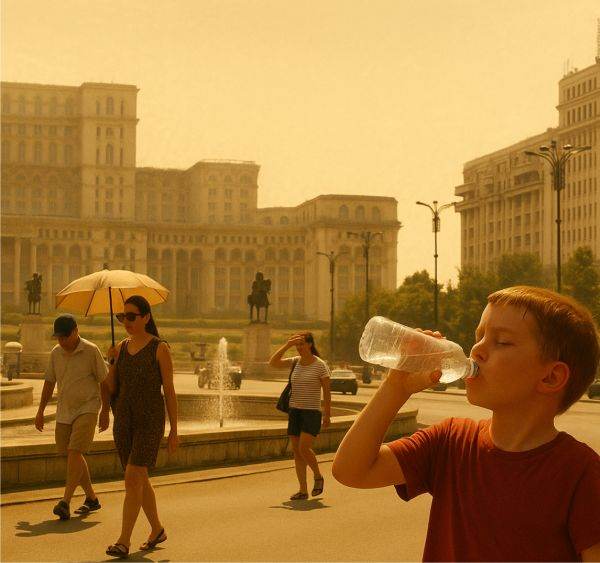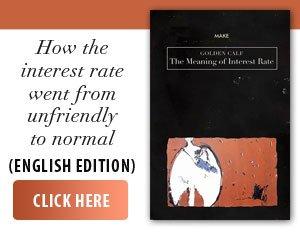The average annual temperature in Romanian cities exceeded 12°C in the period 2021-2024, more than two degrees higher than the average of the last century, according to the report "State of the Climate - Romania 2025: Where We Are and Where We Are Going”. The study, conducted by a team of 22 experts, warns that rapid urbanization and the lack of climate planning are amplifying the "urban heat island” phenomenon, transforming large cities into real heat traps.
• Bucharest, among the hottest European capitals
The report data shows that, in 2025, Bucharest exceeded the 40°C threshold during the summer, and the average temperature in July reached 22.5°C, comparable to Athens or Rome. The phenomenon is not isolated: cities such as Timisoara and Alexandria are experiencing similar peaks, while the temperature difference between urban and rural areas reaches 7-8°C during hot periods. "Romania's cities are warming at an accelerated pace, reflecting the cost of rapid urbanization and poor planning. Over 12 million Romanians live in cities, and more than half of them are exposed to daily temperatures 3-8°C higher than in neighboring villages,” the report says.
• Thermal canyons - the new urban realities
Concrete and asphalt surfaces absorb and retain heat, and the lack of vegetation accentuates the effect. "Dense neighborhoods, with few green spaces and tall buildings - true thermal canyons - are the most exposed,” warn the researchers. Vulnerable populations - the elderly, low-income earners and outdoor workers - are the most affected. In these areas, the risk of illness or even mortality associated with heat waves is increasing. Data obtained through satellite imagery and platforms such as SynUHI confirm the annual expansion of urban heat islands. Despite the evidence, adaptation policies remain fragmented and lack an integrated vision.
• Green solutions - a still timid response
The report highlights the potential of nature-based solutions: green corridors, green roofs, shaded spaces and permeable surfaces can reduce local temperatures by up to 5°C. However, their implementation "often depends on collaboration between authorities and civic groups”. "In many cities, climate strategies exist only on paper. In the absence of a coherent legislative framework, local responses to the urban climate crisis are often delayed and ineffective”, note the experts. Although Romania has reduced greenhouse gas emissions by 75% compared to 1990 - almost double the European average - the report's authors point out that this performance is due to the industrial collapse of the 1990s, not to coherent climate policies. "Today, the real challenge is to move from easy reductions to structural measures, especially in transport, buildings and agriculture. The Romanian economy remains one of the most polluting in the EU: for every euro produced, almost 500 grams of CO₂ are emitted, more than twice the European average.”
• Funds available, but risk of loss
Romania has access to over 31 billion euros by 2032, through the Modernization Fund and the Social Climate Fund, but experts warn that, without the transposition of ETS2 and the adoption of the Social Climate Plan, "there is a major risk of losing these billions.” In 2023 alone, the authorities obtained 476 million euros from the sale of carbon certificates, but the lack of administrative coordination limits the impact of these resources. Romania relies on a significant advantage: the LULUCF sector (forests and agricultural land), which offsets approximately 49% of national emissions. However, the potential of this sector is insufficiently exploited. "Ambitious afforestation and sustainable management policies can transform forests into the main ally of the green transition. The climate transition is not only a European obligation, but a strategic investment in security, competitiveness and public health,” conclude the authors.
The "State of the Climate - Romania 2025” report was prepared by an interdisciplinary team of 22 specialists, including climatologists, economists, urban planners and public policy experts, and represents the most comprehensive recent national analysis of climate change and its impact on the urban environment.



















































